Traditional Attire: A Journey Through South African Culture
Traditional Attire: A Journey Through South African Culture
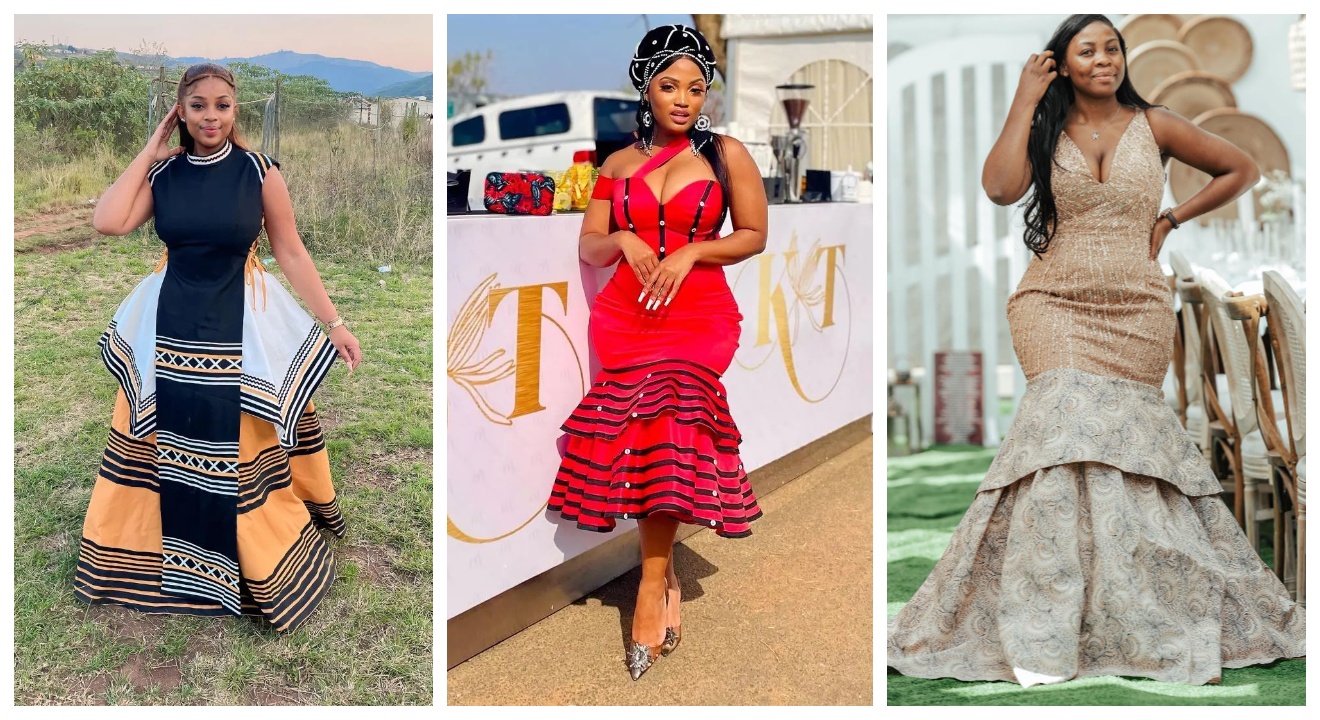
Introduction
When it comes to traditional attire, South Africa boasts a rich and diverse heritage that is reflected in its clothing styles. Each region showcases its own unique fashion, filled with vibrant colors, intricate designs, and deep cultural meanings. Traditional attire in South Africa goes beyond simply being clothing; it represents a journey through the country’s history and cultural heritage.
Overview of South African traditional attire and its cultural significance
From the tribal beadwork of the Zulu people to the brightly colored robes of the Ndebele, South African traditional attire is a visual feast that tells the story of a nation. It is not only worn for special occasions or festivals but also on a day-to-day basis, highlighting the importance of preserving cultural identity.
Each garment carries specific symbols and meanings, often representing elements of nature, spirituality, or social status. For example, the Xhosa people’s distinctive “umqele” blanket signifies adulthood and is worn during important ceremonies.
South African traditional attire showcases the connection between fashion and culture, fostering a sense of unity, pride, and respect for tradition. It serves as a reminder of the country’s rich history and is an integral part of celebrating cultural diversity.
Zulu Traditional Attire
In the rich cultural tapestry of South Africa, Zulu traditional attire holds a special place. It is an expression of history, pride, and identity for the Zulu people.
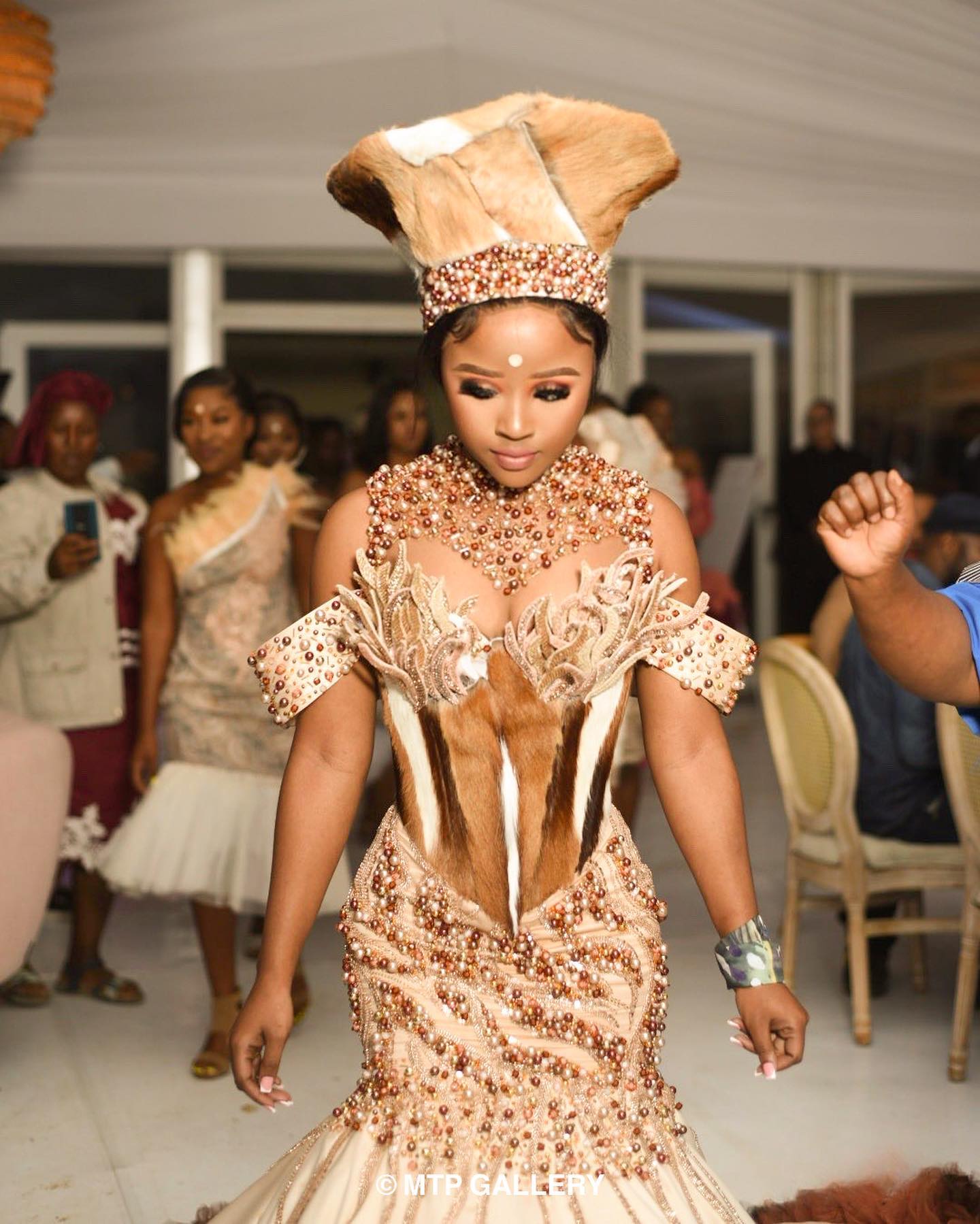
Description and history of Zulu traditional attire
Zulu traditional attire is known for its vibrant colors and intricate beadwork. The clothing reflects the Zulu culture’s values and heritage. Each piece is carefully crafted, with the colors and patterns symbolizing various aspects of Zulu life.
The history of Zulu traditional attire dates back centuries. It is rooted in the traditions and customs passed down through generations. Today, it continues to be worn for important ceremonies, festivals, and celebrations.
Zulu traditional attire for men
For men, Zulu traditional attire typically consists of a loin cloth called “isidwaba,” worn around the waist, along with a cape-like garment called “ibheshu” made from animal skins or woven fabric. Accessories like bead necklaces and bracelets complete the look.
Zulu traditional attire for women
Zulu women wear bright, colorful skirts called “isidwaba” paired with a beaded apron known as “ithambo.” They also adorn themselves with intricate beadwork that symbolizes their marital and social status. Beaded headpieces and necklaces add a touch of elegance to their ensemble.
Zulu traditional attire serves as a visual representation of the Zulu people’s rich heritage and cultural significance. It showcases their pride, traditions, and strong sense of identity.
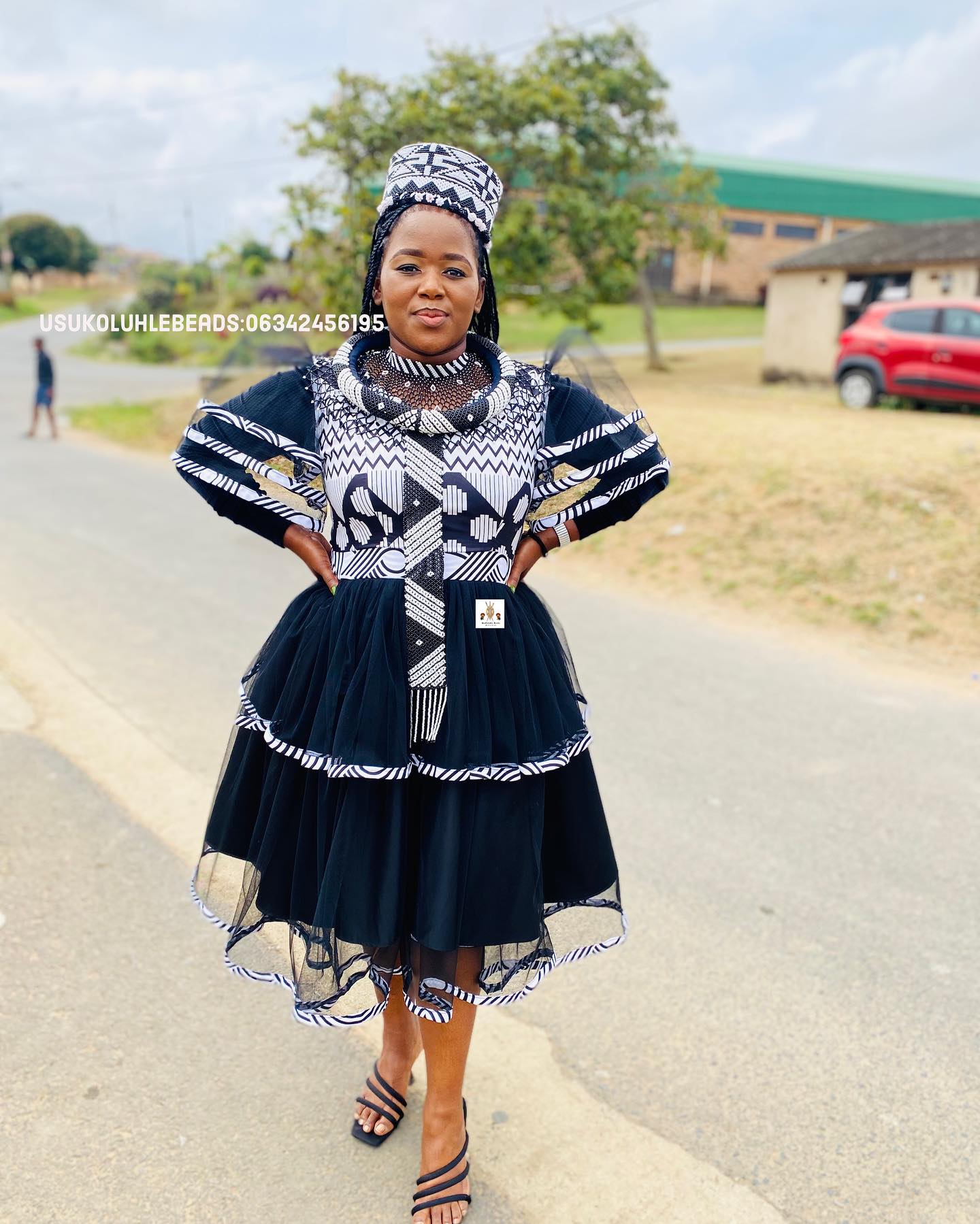
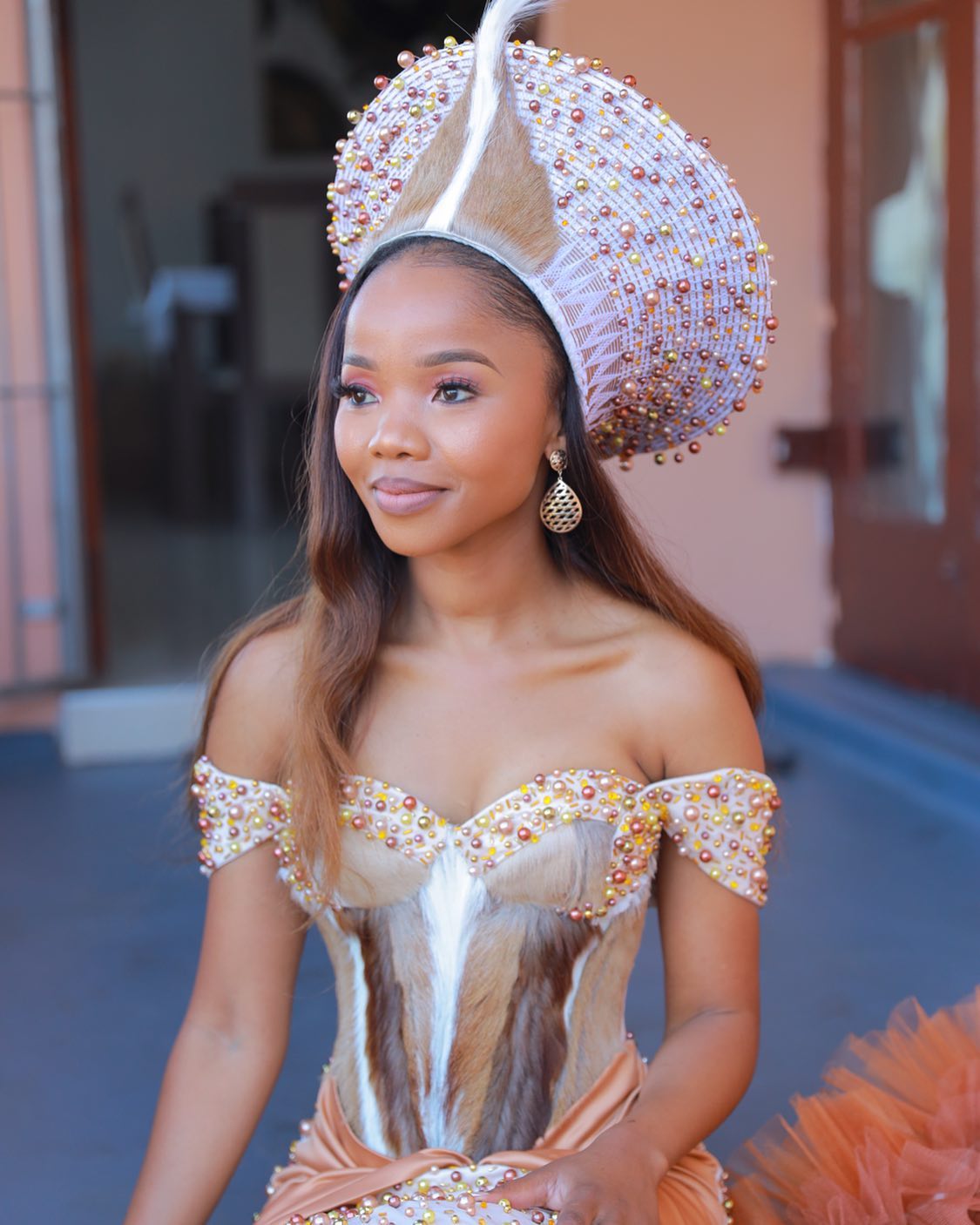
Xhosa Traditional Attire
The Xhosa people of South Africa have a rich cultural heritage, and their traditional attire is a significant part of their identity. This attire is not only visually striking but also carries deep meaning and history.
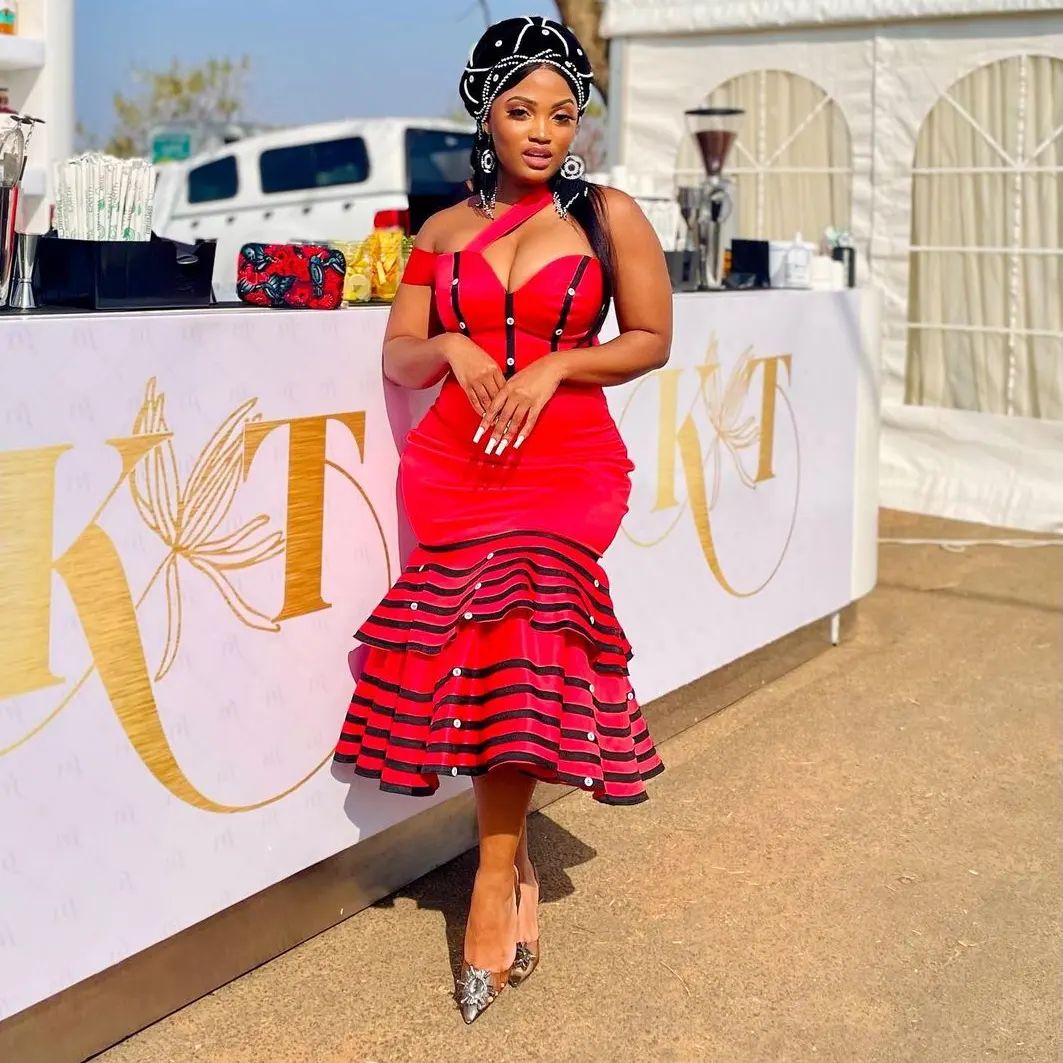
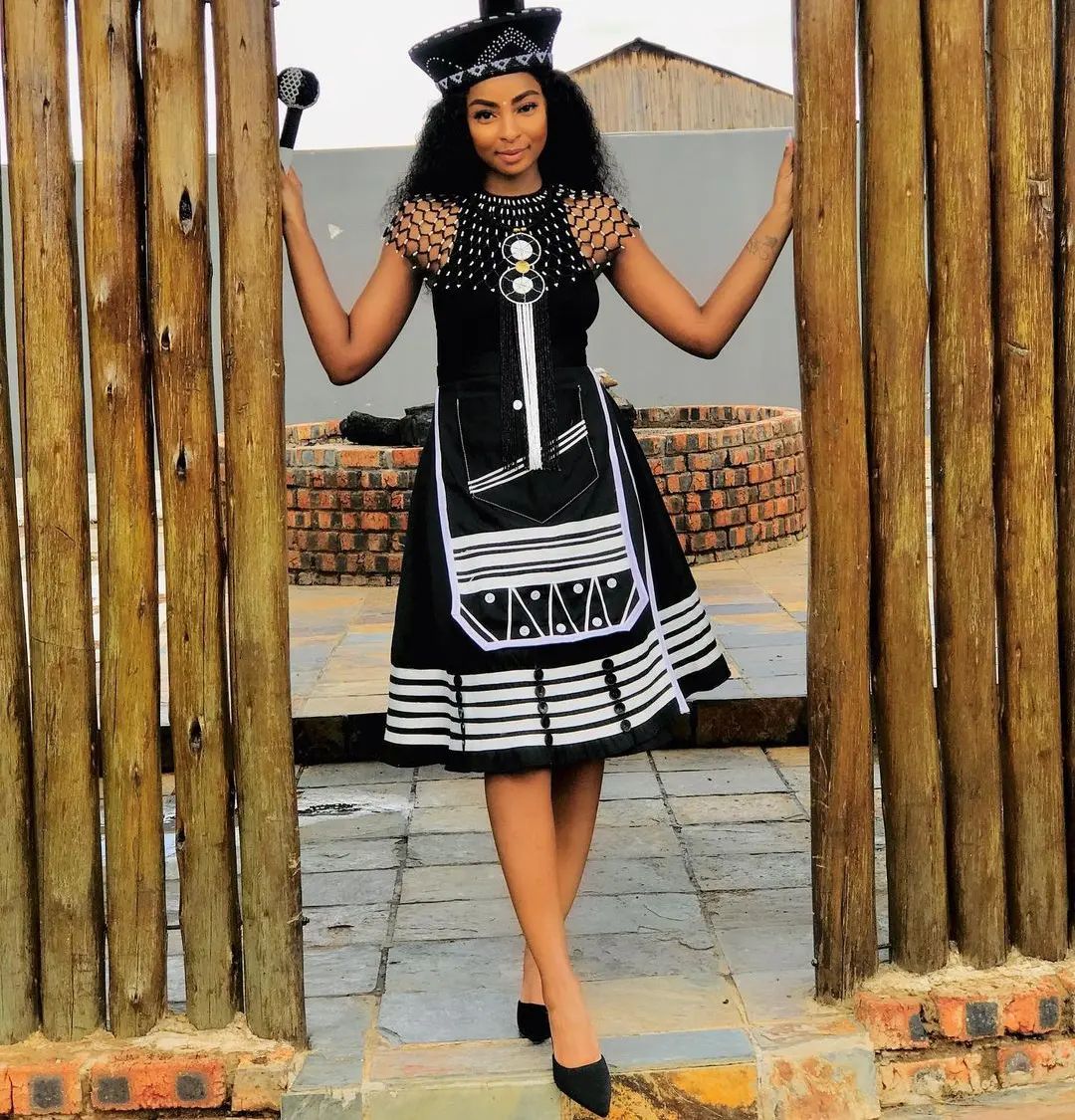
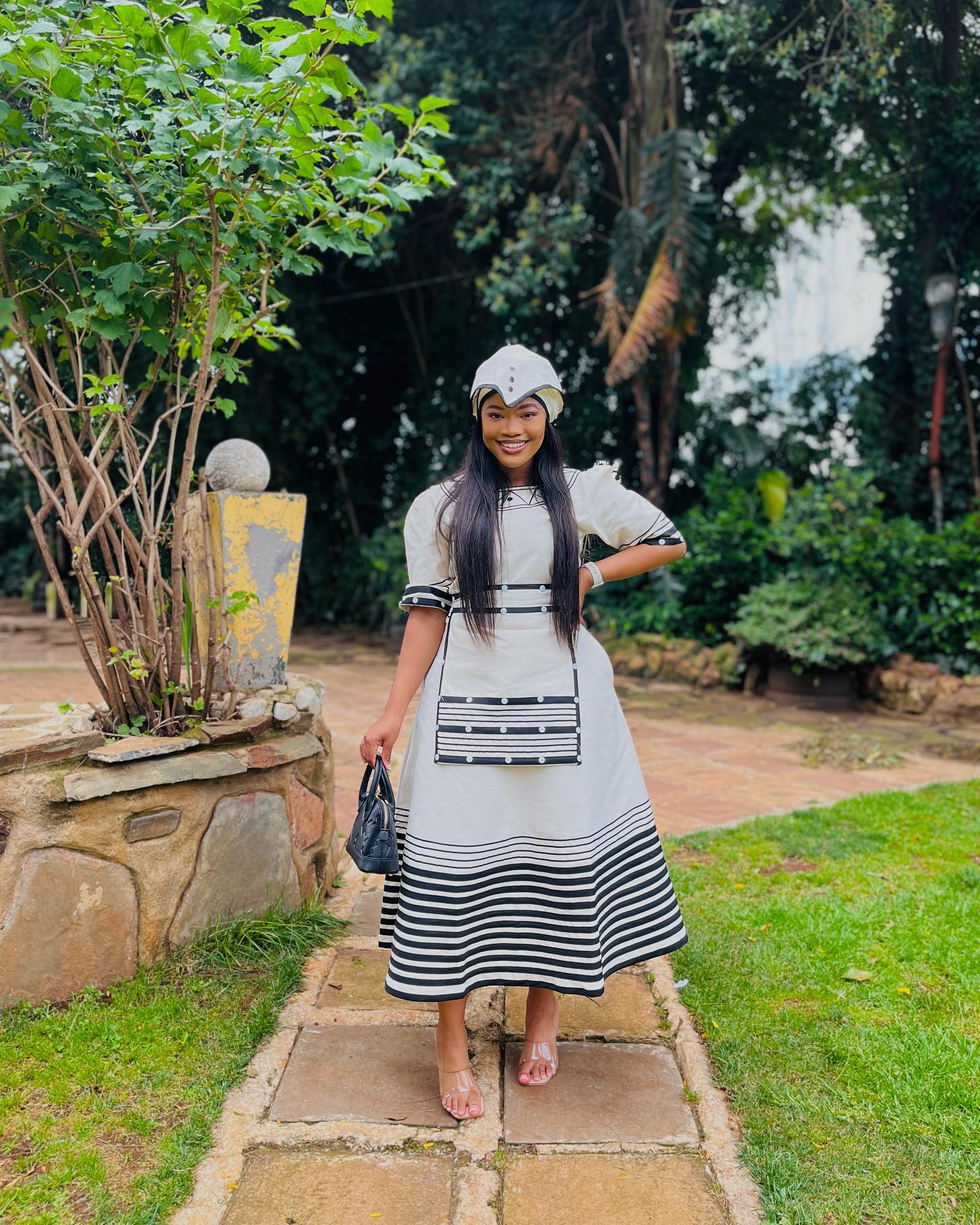
Description and history of Xhosa traditional attire
Xhosa traditional attire often consists of colorful garments adorned with intricate beadwork and patterns. Each piece of clothing has a unique purpose and symbolizes different aspects of Xhosa culture, such as spirituality, marriage, and social status. For example, the isidwaba is a skirt worn by married women, while the ibheshu is a long, loose-fitting skirt worn by men during ceremonies.
Xhosa traditional attire for men
Xhosa men typically wear garments such as the umqhele, a traditional headband, and the ijogolo, a leather skirt that signifies manhood. They also adorn themselves with beadwork and feathers to add decorative elements to their attire.
Xhosa traditional attire for women
Xhosa women wear beautifully crafted dresses called umbhaco, which are made from colorful fabrics and often decorated with embroidery. They also wear accessories like necklaces, bracelets, and headdresses made from beads. These elements not only enhance their beauty but also serve as expressions of cultural identity and pride.
Overall, Xhosa traditional attire is a powerful symbol of South African culture. It represents their traditions, values, and history in a visually stunning way. Whether worn for special occasions or everyday life, Xhosa clothing carries the essence of this vibrant culture with pride and grace.
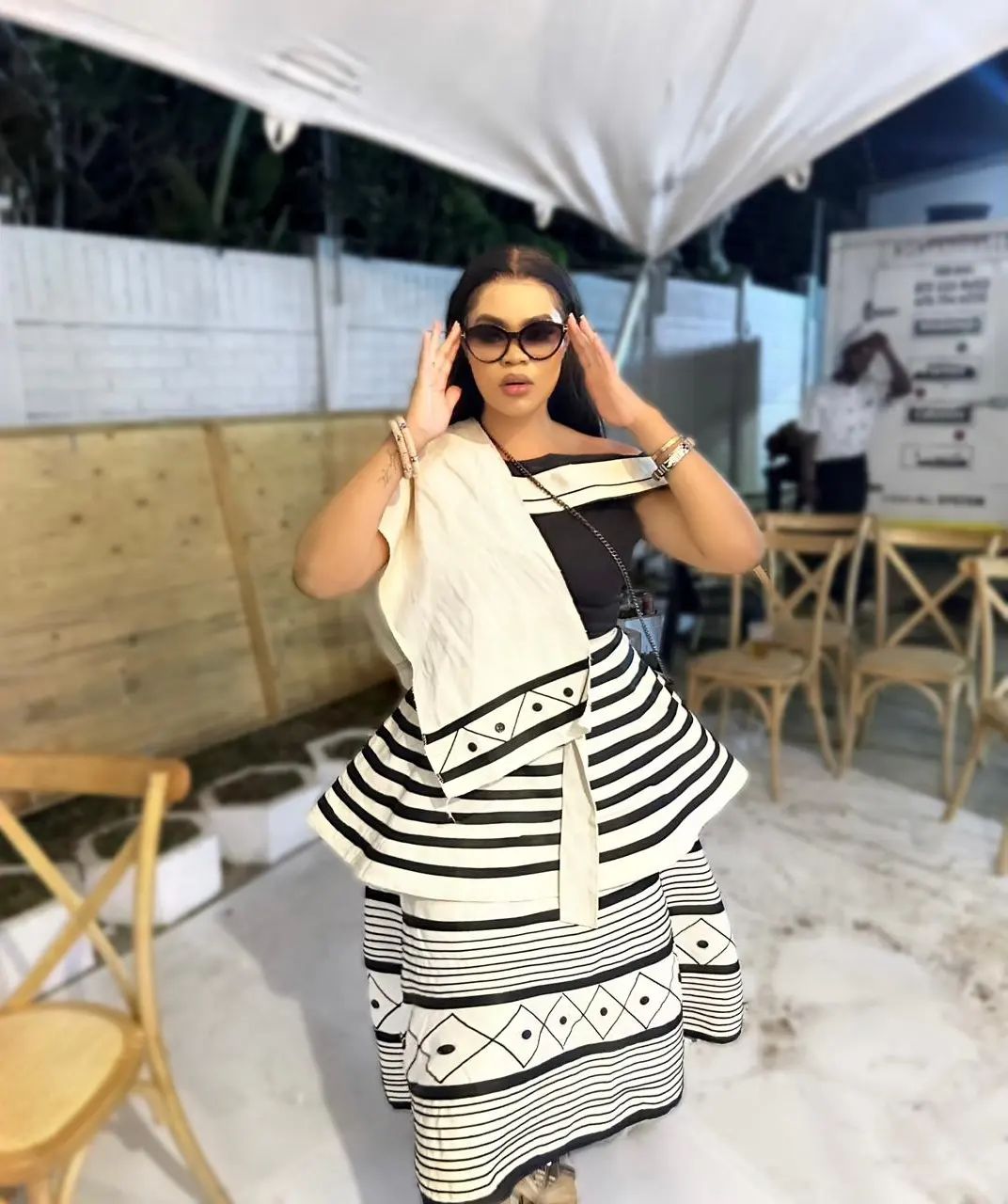
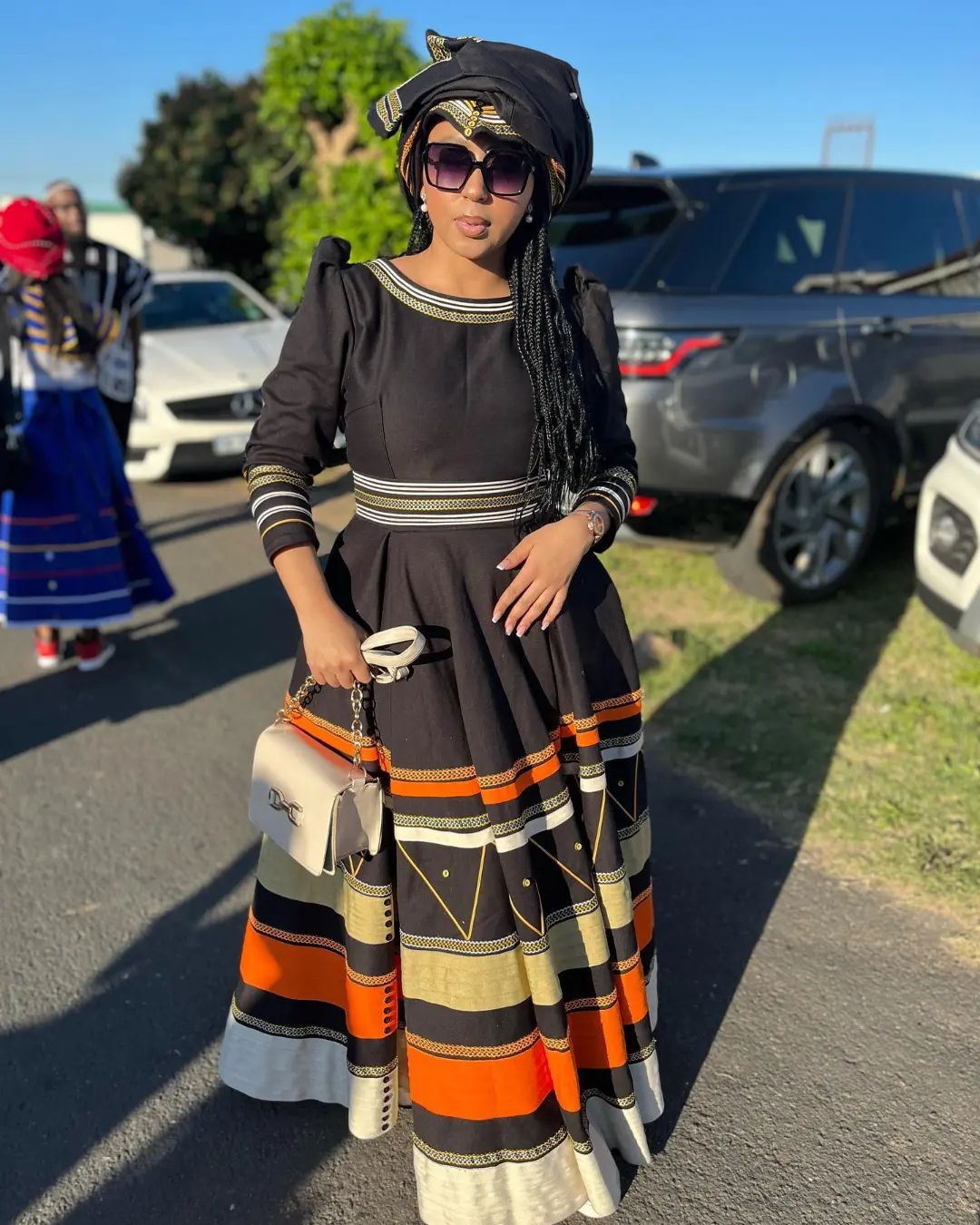
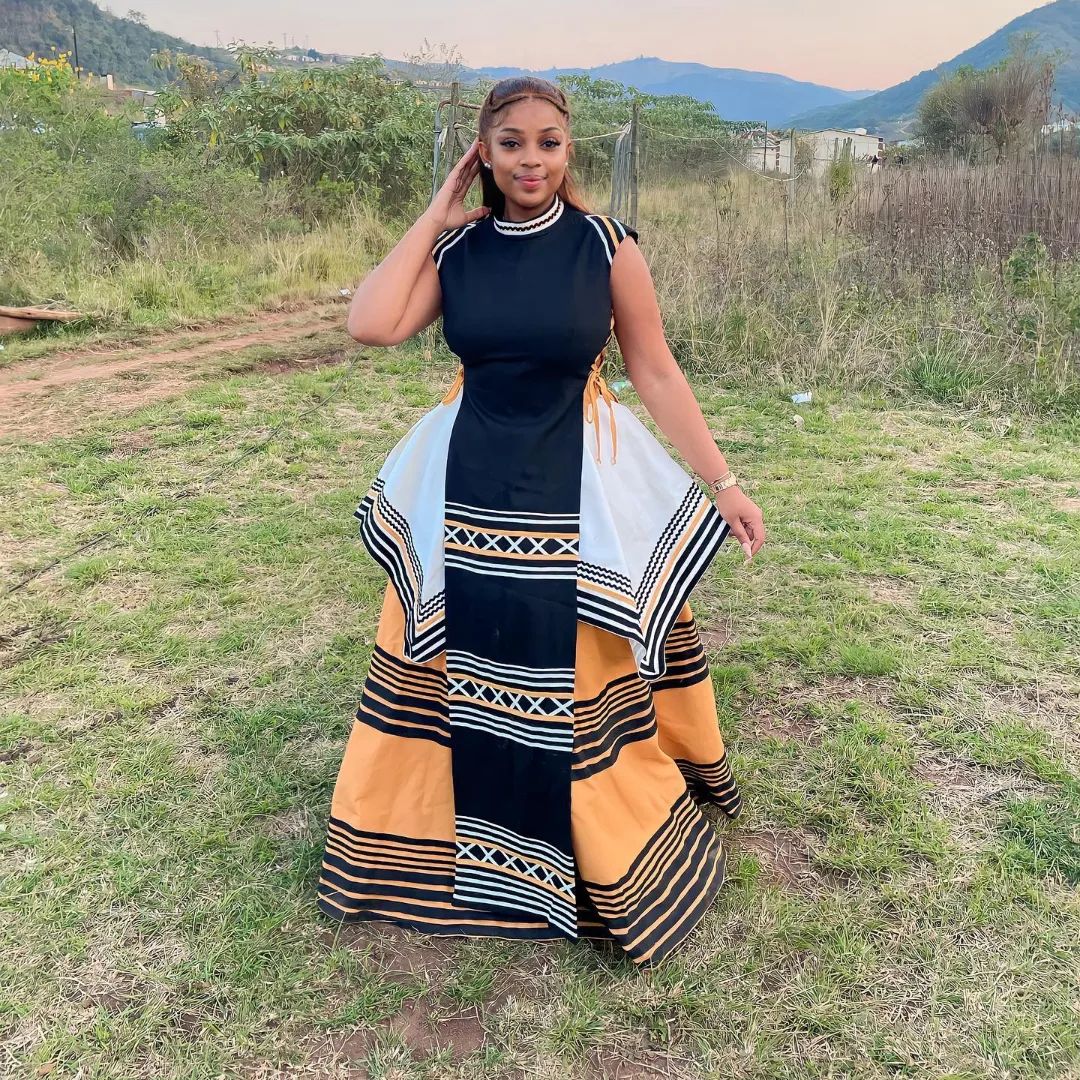
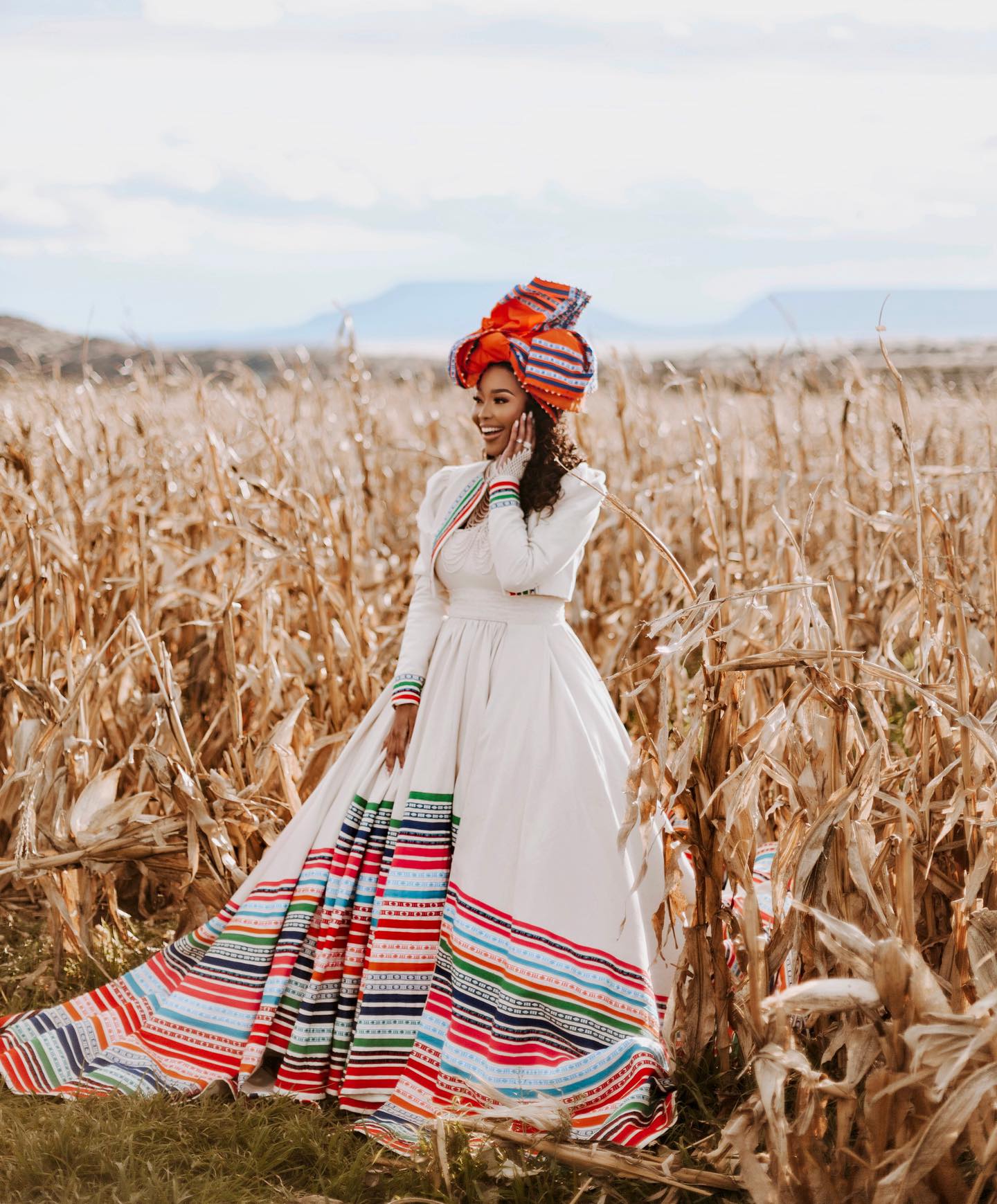
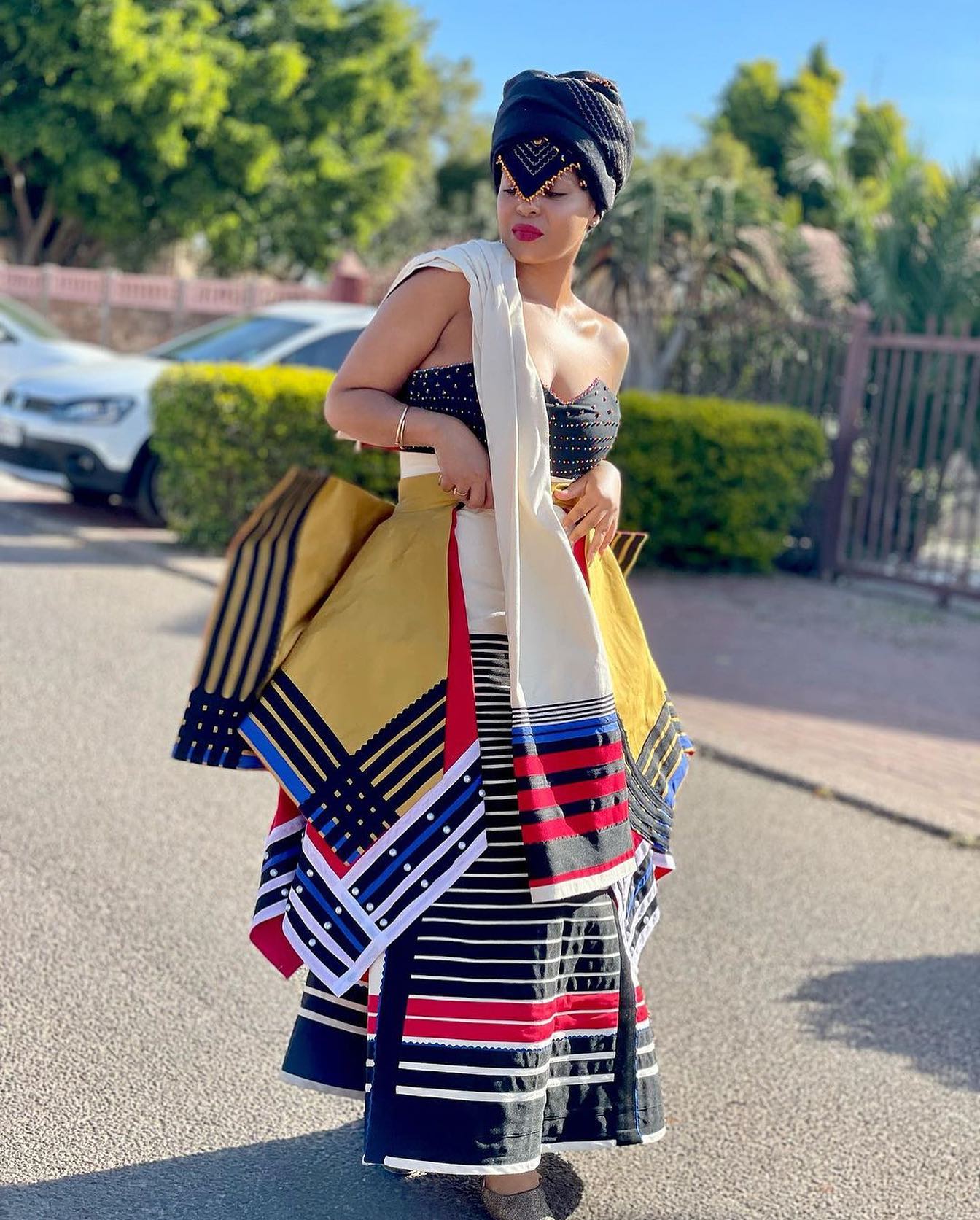
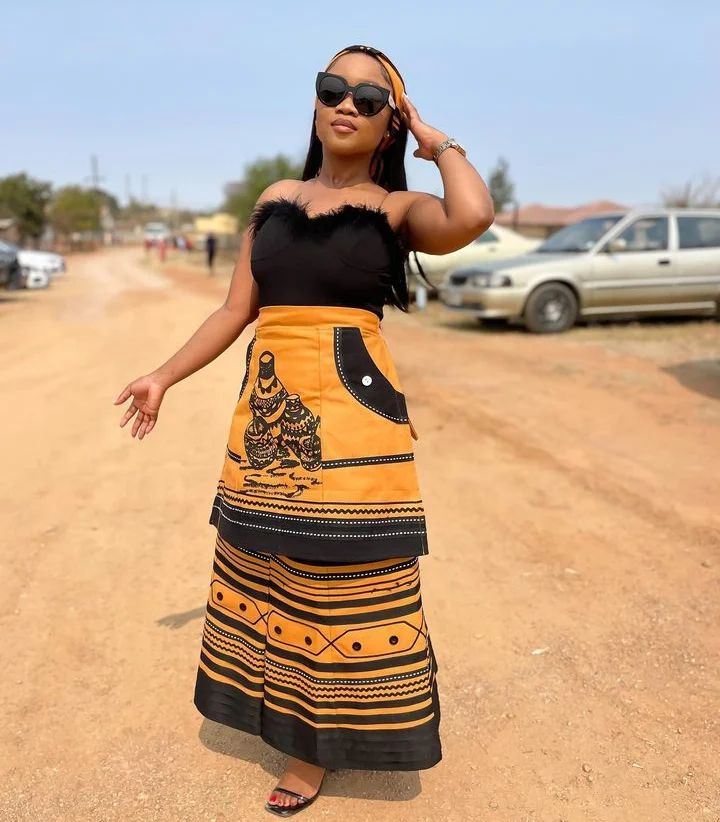
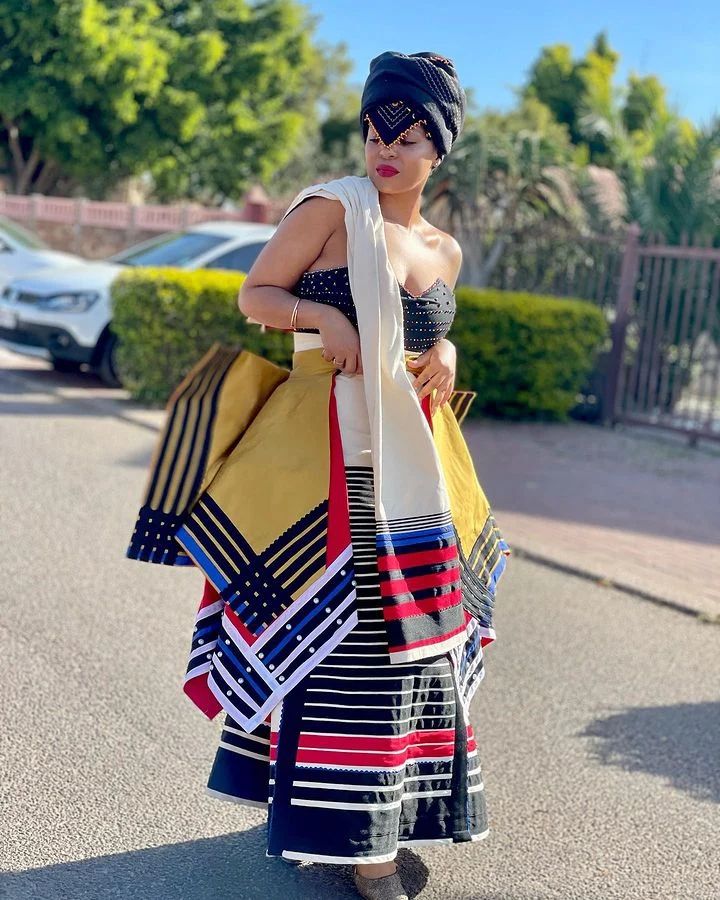
Sotho Traditional Attire
Description and history of Sotho traditional attire
The Sotho people of South Africa have a rich cultural tradition that is beautifully expressed through their traditional attire. The attire is known for its vibrant colors, intricate patterns, and meticulous craftsmanship. It not only reflects the cultural identity of the Sotho people but also tells the story of their history and heritage.
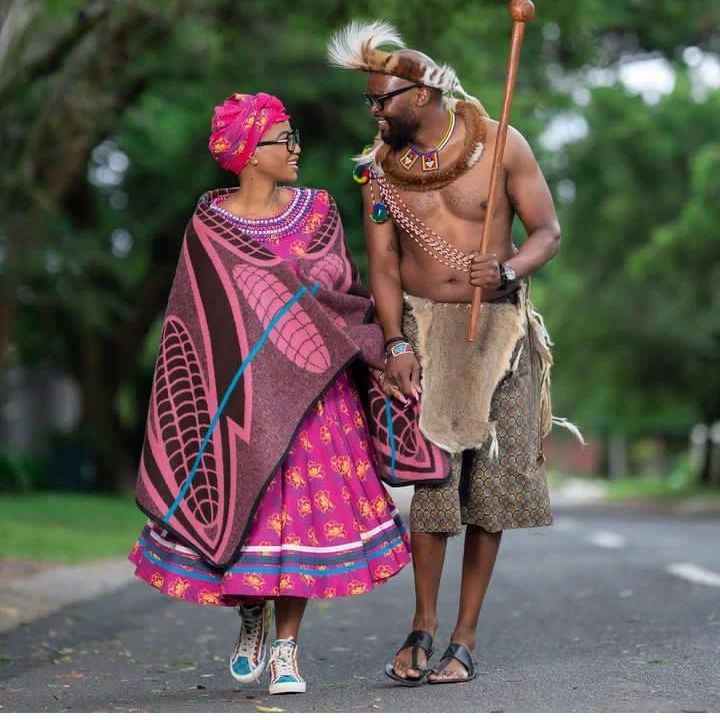
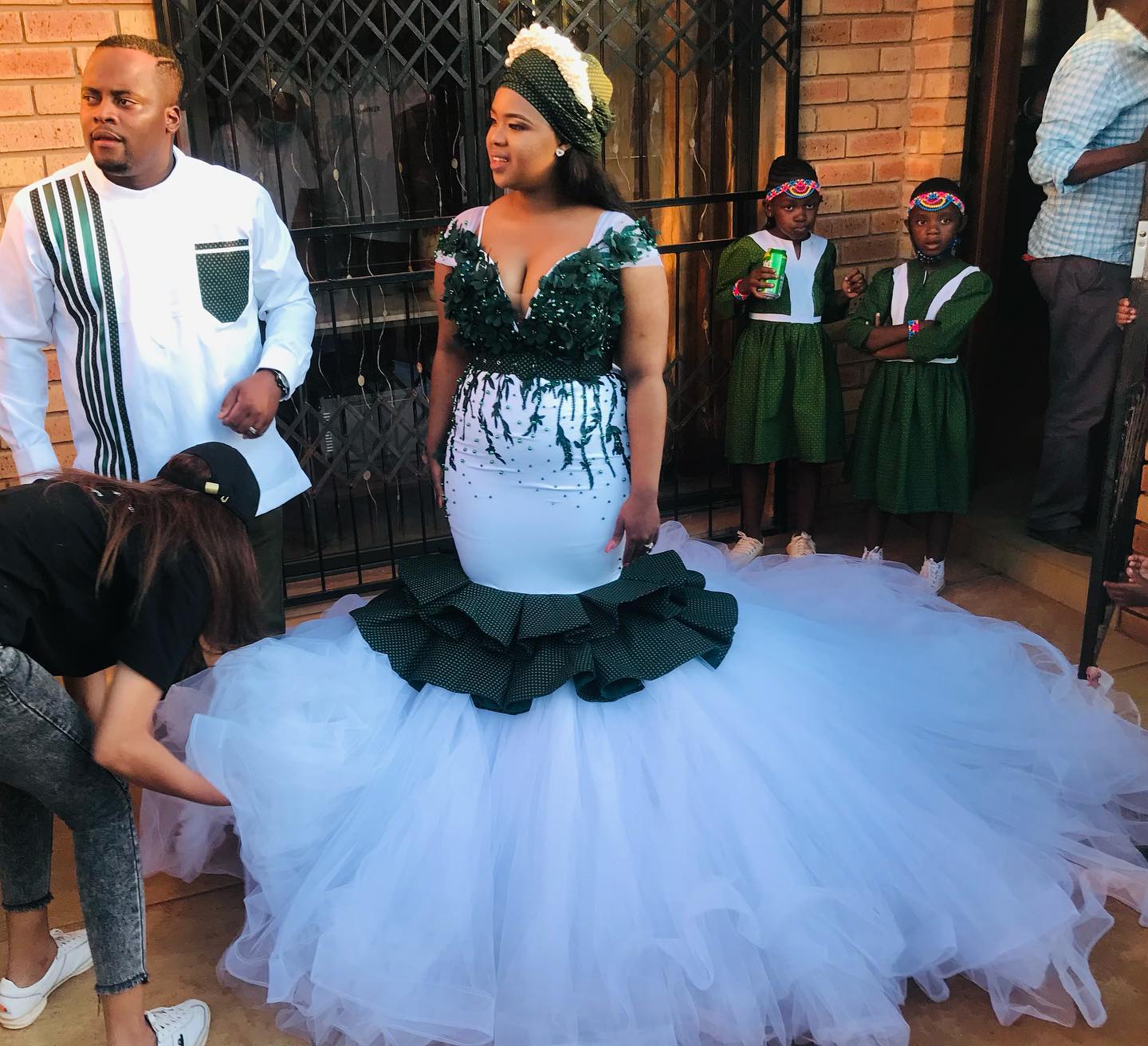
Sotho traditional attire for men
For men, the traditional attire typically consists of a shirt, known as a “seshoeshoe,” which is made from a vibrant fabric with geometric patterns. It is usually paired with matching pants called “mosese” and accessorized with a beaded necklace and hat.
Sotho traditional attire for women
Women’s traditional attire includes a dress called “makoti” which is also made from the colorful seshoeshoe fabric. The dress is often adorned with embroidery, beadwork, or embellishments to enhance its beauty. Women also wear head wraps known as “doeks” and accessorize with beaded jewelry.
The Sotho traditional attire is not only worn on special occasions and celebrations but is also embraced as everyday wear by many Sotho people. It represents their cultural pride, unity, and sense of belonging. The preservation of this traditional attire plays a vital role in keeping the Sotho culture alive and showcasing its beauty to the world.
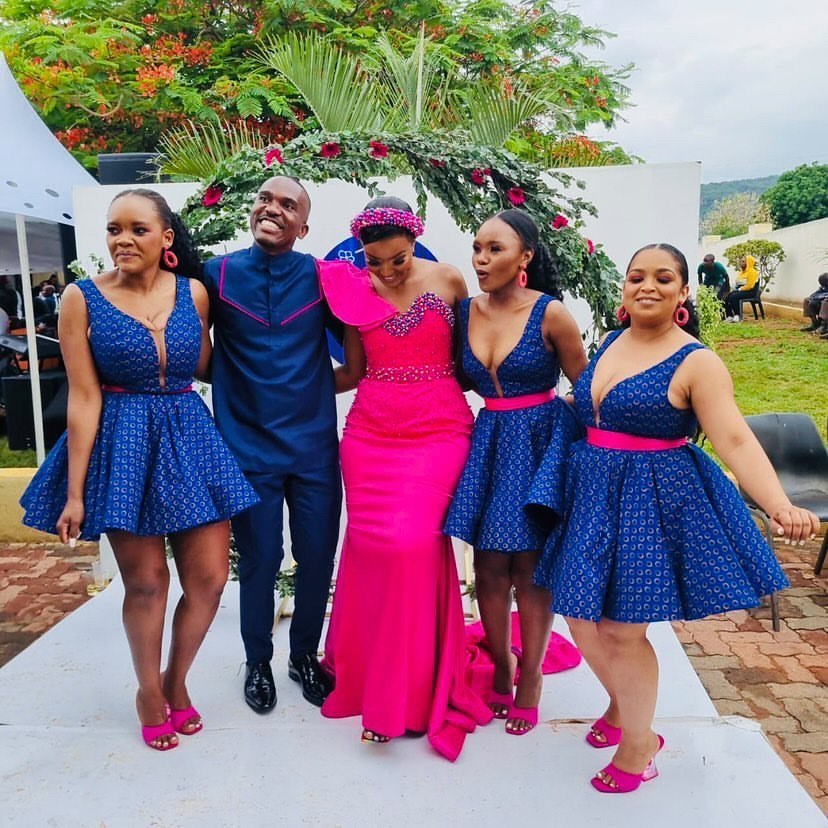
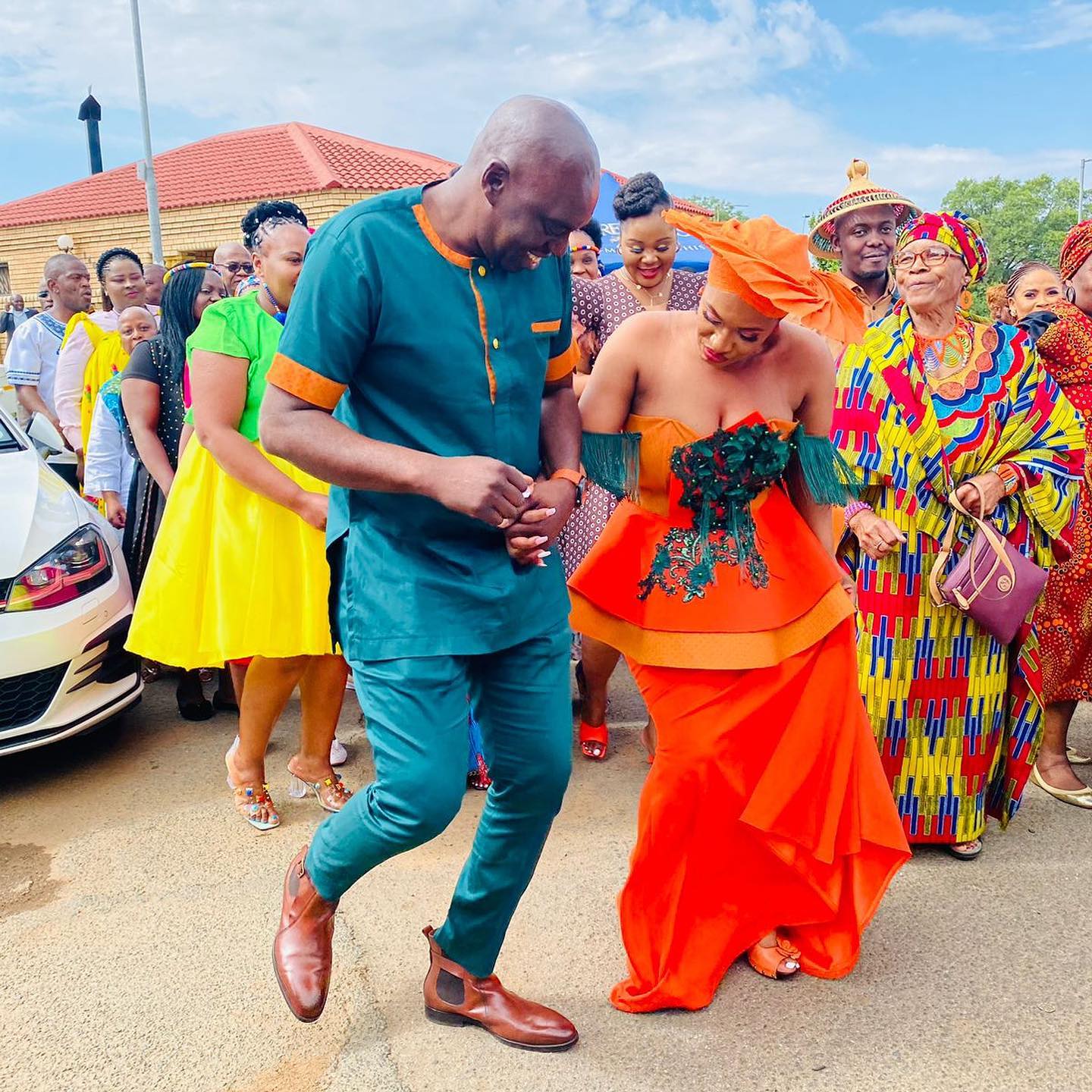
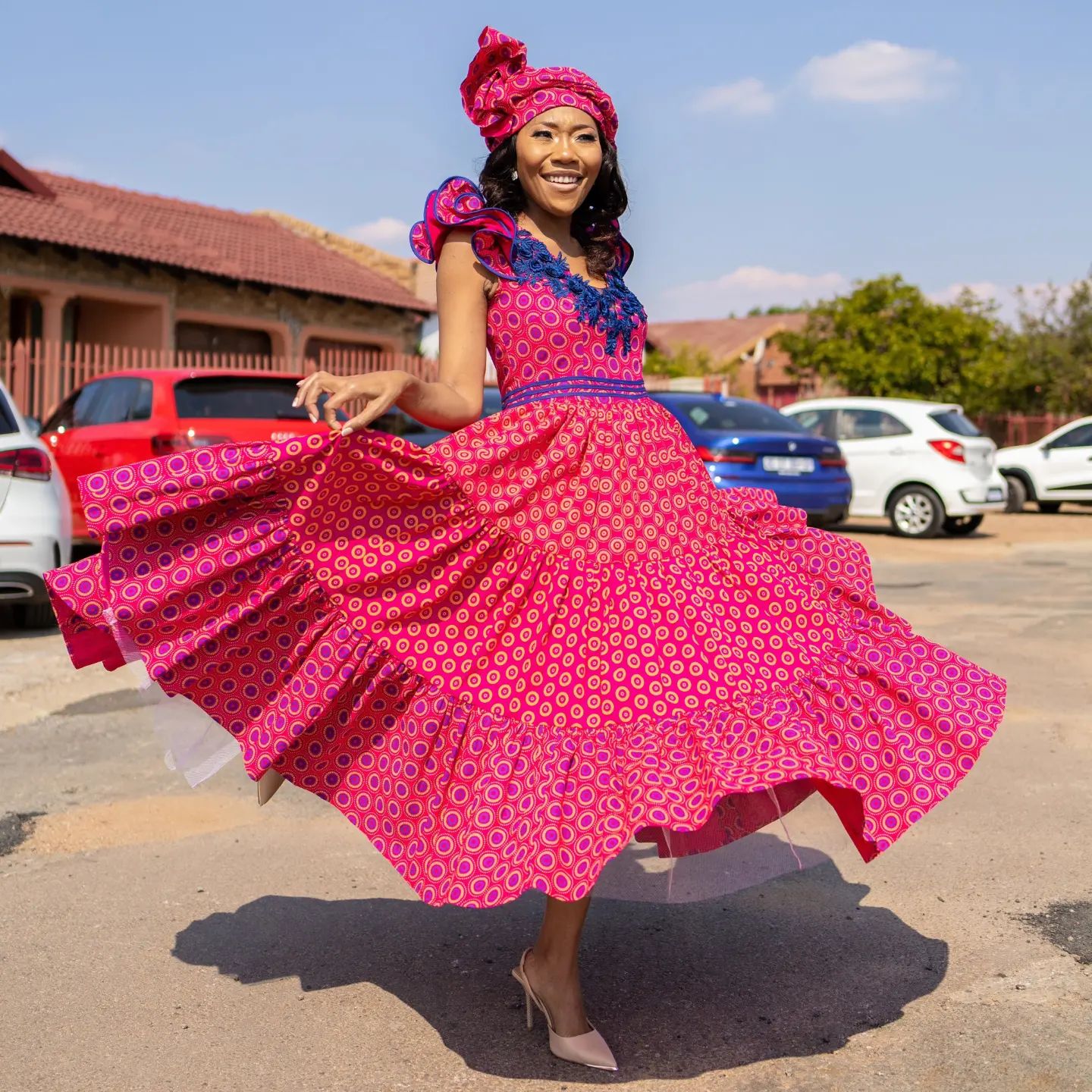


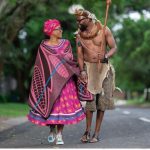
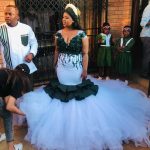








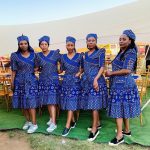

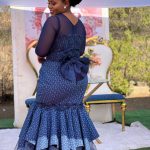



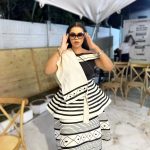

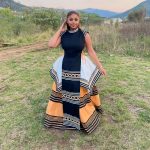
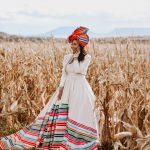




Comments are closed.